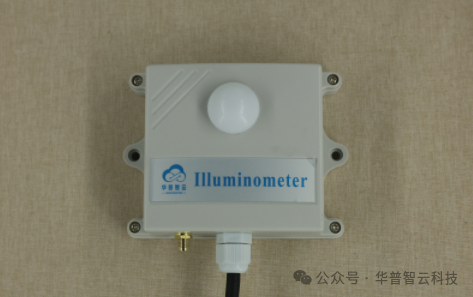In industrial IoT smart lighting systems, light sensors are a prime example of “small size, big impact.” What exactly are they? In fact, light sensors are devices that can sensitively perceive changes in ambient light intensity and accurately convert light signals into electrical signals. They act like “eyes” for the lighting system, allowing it to be fully aware of changes in light.

In practical applications, light sensors often work in conjunction with controllers and lighting fixtures. In factory workshops, sensors continuously monitor the brightness of natural light. Once the natural light increases, they quickly send a signal to the controller, which immediately reduces the brightness of the fixtures, and vice versa, achieving intelligent adjustment of lighting brightness according to external light, significantly saving energy.
For example, in a large electronic manufacturing factory, after introducing a smart lighting system with light sensors, the energy consumption in the workshop was reduced by about 30%. During the day, the brightness of fixtures in areas near windows automatically decreases according to the light, while darker areas maintain appropriate brightness, ensuring workers’ visual needs while avoiding power waste.
Looking to the future, light sensors will become smarter and more precise, not only measuring light intensity but also potentially sensing color temperature and other light parameters, deeply integrating with other sensors to comprehensively optimize the lighting environment. With such powerful light sensors, how can you not be excited about the prospects of smart lighting systems? Why not embrace this amazing technology now?